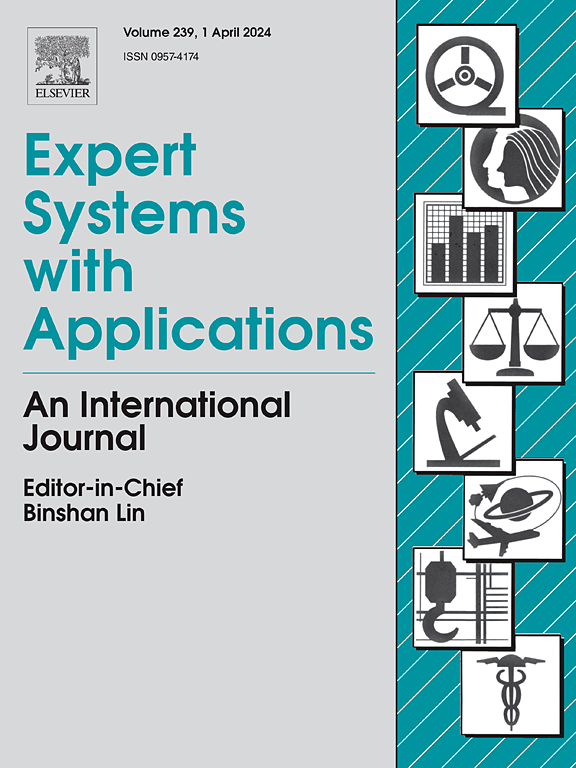Exact and heuristic algorithms for team orienteering problem with fuzzy travel times
IF 7.5
1区 计算机科学
Q1 COMPUTER SCIENCE, ARTIFICIAL INTELLIGENCE
引用次数: 0
Abstract
The Team Orienteering Problem (TOP) is a combinatorial optimization challenge that aims to determine a set of routes to maximize the total collected profit. In real-world scenarios, uncertainties in customer travel times frequently arise due to various factors such as weather conditions, traffic congestion, and peak hours. This study addresses the uncertainty by modeling travel time with trapezoidal fuzzy variables, and subsequently proposes a new variant of TOP, which is referred to as the Team Orienteering Problem with Fuzzy Travel Time. To solve this problem, a chance-constrained programming model is developed, and two solution approaches are proposed: a Branch-and-Price (B&P) exact algorithm and a Hybrid Adaptive Large Neighborhood Search (HALNS) heuristic algorithm. Numerical experiments are conducted to evaluate the performance of both algorithms. The results demonstrate the effectiveness of the B&P algorithm based on its capability in optimally solving most instances with a maximum computational time of 120 min. Moreover, the HALNS algorithm shows to be highly efficient, solving all instances within a short running time while maintaining only minimal profit gaps compared to the B&P algorithm.
团队定向问题(TOP)是一项组合优化挑战,其目的是确定一组路线,使收集到的总利润最大化。在现实世界中,由于天气条件、交通拥堵和高峰时段等各种因素,客户的旅行时间经常会出现不确定性。本研究通过用梯形模糊变量对旅行时间建模来解决这种不确定性,并随后提出了一个新的 TOP 变体,即具有模糊旅行时间的团队定向问题(Team Orienteering Problem with Fuzzy Travel Time)。为了解决这个问题,研究建立了一个机会约束编程模型,并提出了两种求解方法:一种是分支加价格(B&P)精确算法,另一种是混合自适应大邻域搜索(HALNS)启发式算法。通过数值实验对两种算法的性能进行了评估。结果表明,B&P 算法的有效性体现在它能以最短的 120 分钟计算时间优化解决大多数实例。此外,HALNS 算法的效率也很高,与 B&P 算法相比,它能在很短的运行时间内解决所有实例,同时只保持最小的利润差距。
本文章由计算机程序翻译,如有差异,请以英文原文为准。
求助全文
约1分钟内获得全文
求助全文
来源期刊

Expert Systems with Applications
工程技术-工程:电子与电气
CiteScore
13.80
自引率
10.60%
发文量
2045
审稿时长
8.7 months
期刊介绍:
Expert Systems With Applications is an international journal dedicated to the exchange of information on expert and intelligent systems used globally in industry, government, and universities. The journal emphasizes original papers covering the design, development, testing, implementation, and management of these systems, offering practical guidelines. It spans various sectors such as finance, engineering, marketing, law, project management, information management, medicine, and more. The journal also welcomes papers on multi-agent systems, knowledge management, neural networks, knowledge discovery, data mining, and other related areas, excluding applications to military/defense systems.
 求助内容:
求助内容: 应助结果提醒方式:
应助结果提醒方式:


